Personality Matters: Bringing Your Brand to Life to Grow Profits
Breathe life into your brand. Like people, strong successful brands are alive; they have a distinct voice, individualistic traits, characteristics, and personalities. Brands must continually grow and evolve to stay relevant, or die. As with people, the development and reinforcement of that personality creates a unique persona and serves to differentiate your brand from the others, particularly the competition.
David Ogilvy, the “The Father of Advertising,” who is credited with having introduced the concept of brand personality in 1955, is widely quoted as saying, “Products, like people, have personalities, and they can make or break them in the marketplace.”
Where does this brand personality come from? It is crafted and nurtured by the stewards of the brand: owners, stakeholders, managers, employees, and customers. In an important research paper titled “Dimensions of Brand Personality (1997),” Stanford University Professor Jennifer Aaker discusses the main human characteristics associated with brands.[1] In fact, she argues, the connections can be so strong that, “the personality traits of the people associated with a brand are directly transferred to the brand.”
These traits can include gender, age, and more demographics. We could hardly think of Disney without conjuring up the image of a cheerful, adventurous Mickey Mouse and his girlfriend, Minnie.
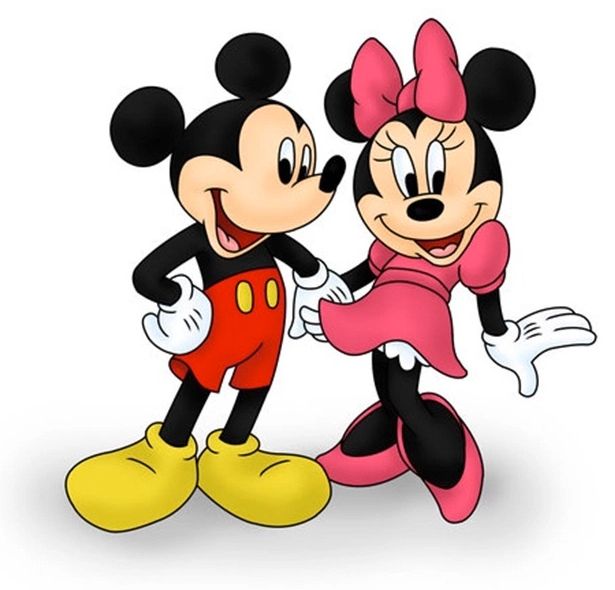
Image via Disney
There’s a reason why we’re not conditioned to think of effervescent Coca-Cola as the beverage of retired librarians in a bingo hall. And, since the “Sticky Fingers” album launch in 1971, nobody has wondered whether the hot red lips image is about bad boy Mick Jagger and The Rolling Stones.
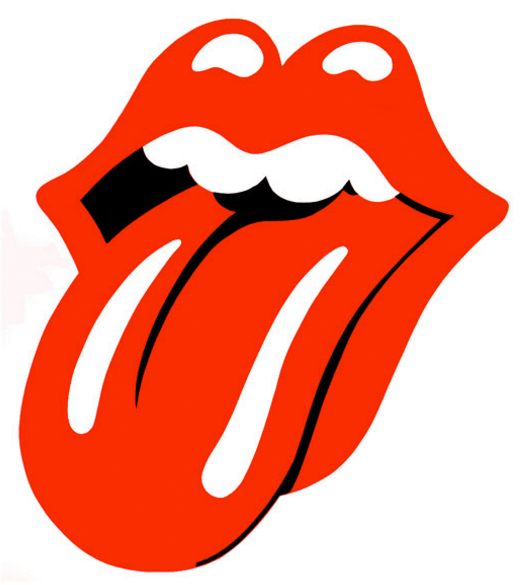
Image via Rolling Stones, YouTube
Identify the Right Audience
Some brand target audiences are easier to identify and to target appropriately. Kids who fancy a burger and fries with a milkshake relate to those Happy Meal toys from Ronald McDonald, the clown. Of course, the hamburger chain wants to appeal to parents as well, so McDonald’s will provide nutrition facts for popular menu items.
“Hop in the car, kids!” Adults relate to driving the children to McDonald’s in a car such as Volvo, because that family automobile brand is all about safety.
The skills and insight that go into correctly identifying your primary target audience, and mapping out each of those customer types through their ‘Purchaser Personas’, means that your brand can tap into their attitudes and values to build a simple, strong compelling message in language that they find irresistible.
On the other hand, you can’t attract the attention of your ideal audience and sustain their interest if you don’t know them intimately — their needs, wants, loves, hates and aspirations. It’s obvious that putting the right image in front of the wrong audience ensures either an unsuccessful connection or none at all.
Getting it right creates the magnetism that becomes a really important part of successful brand building. It’s one of the critical tools used for mapping out your different customer types, also known as Purchaser Personas.
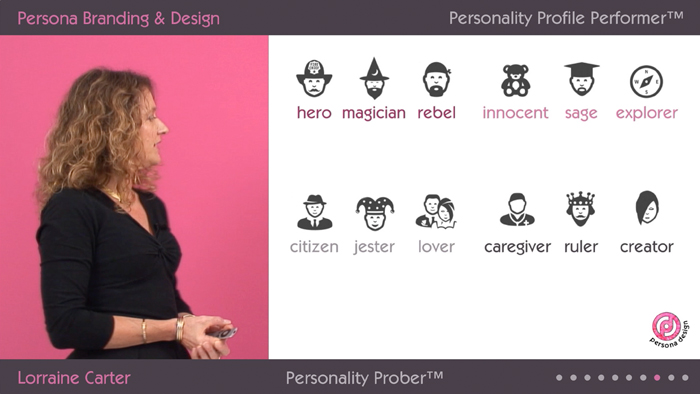
Build Your Winning Brand Personality with The Personality Profile Performer™ Programme – Watch Your Programme Preview Here
Appeal to the Right Audiences
In fact, this exercise is one of the key elements in our brand building programme called the Personality Profile Performer™. Every business has a minimum of two and up to twenty different customer ‘Purchaser Personas’ which provide the critical insights and direction for how your brand can speak to your customers — winning their hearts and minds on their terms — so you can grow your business. You can watch a free course preview here.
Alternatively if you want in-person professional direction to build your brand and would like to explore working with us then drop us a line to [email protected] or give us a call T: +353 1 8322724 (GMT). We’d be delighted to talk with you.
A Perfect Match
Why is brand personality so critical? The personality of a brand determines the relationship a consumer has with the brand. When that connection is an emotional one, it drives purchase. “The aim of marketing is to know and understand the customer so well the product or service fits him or her and sells itself,” according to “The Father of Modern Management,” Peter F. Druker.[2]
The Brand Personified
So, do I need a Mickey Mouse or a Jolly Green Giant to infuse my brand with personality? No. Assigning personality to one’s brand should not be confused with creating a mascot or partnering with a celebrity to endorse the brand. Both are acceptable, but neither is required.
Keep in mind that people tend to anthropomorphize; that is, they transfer human personality characteristics to inanimate objects. We do it all the time, even when speaking of diverse items: destinations, fragrances, residential properties, boats and ships referred to as ‘she.’.
Professor Aaker charts the five major brand personality dimensions and fifteen facets as follows:
Examples: We can match several global brands with their relevant personality types to demonstrate the concept.
- Sincerity = Nike, Disney, Cadbury’s, Tropicana
- Excitement = Coca-Cola, Airbnb, Victoria’s Secret
- Competence = Volvo, Apple, Amazon, Timberland, Intel
- Sophistication = Chanel, Dos Equis, BMW, Tiffany, Cartier
- Ruggedness = Patagonia, Old Spice, Jeep, Harley Davidson
Finding Your Brand Voice for Your SME / SMB Business
For startups, small to medium-sized businesses, finding or re-evaluating your brand voice is a very important process, I’d even go as far a saying is critical to your brand success. SMEs often begin by brainstorming some of the options in a simple YES-NO process to explore whether their brand is, for example:
- Formal or funny?
- Masculine or feminine?
- Adventurous or tame?
- Young or mature?
- High tech or traditional?
- Trendy or classic?
- Accessible or exclusive?
- Premium or inexpensive?
Four diverse examples of SME / SMB brands with strong brand personalities that ensure they standout and attract their ideal customers include:
We love it: Fashion Award Cleaners
Why it works: A dry cleaner with glam personality? Why not? You’ll notice straight away that owner Debra Kravet has infused personality into “Talk of the Gown,” a 50-year-old family business that is anything but fuddy-duddy. As animated models strut across the virtual Manhattan runway of Debra’s website, any fashionista with a special garment or clothing repair requirement will quickly realize that this miracle cleaner with attitude is likely worth a trip across town, even in rush hour.
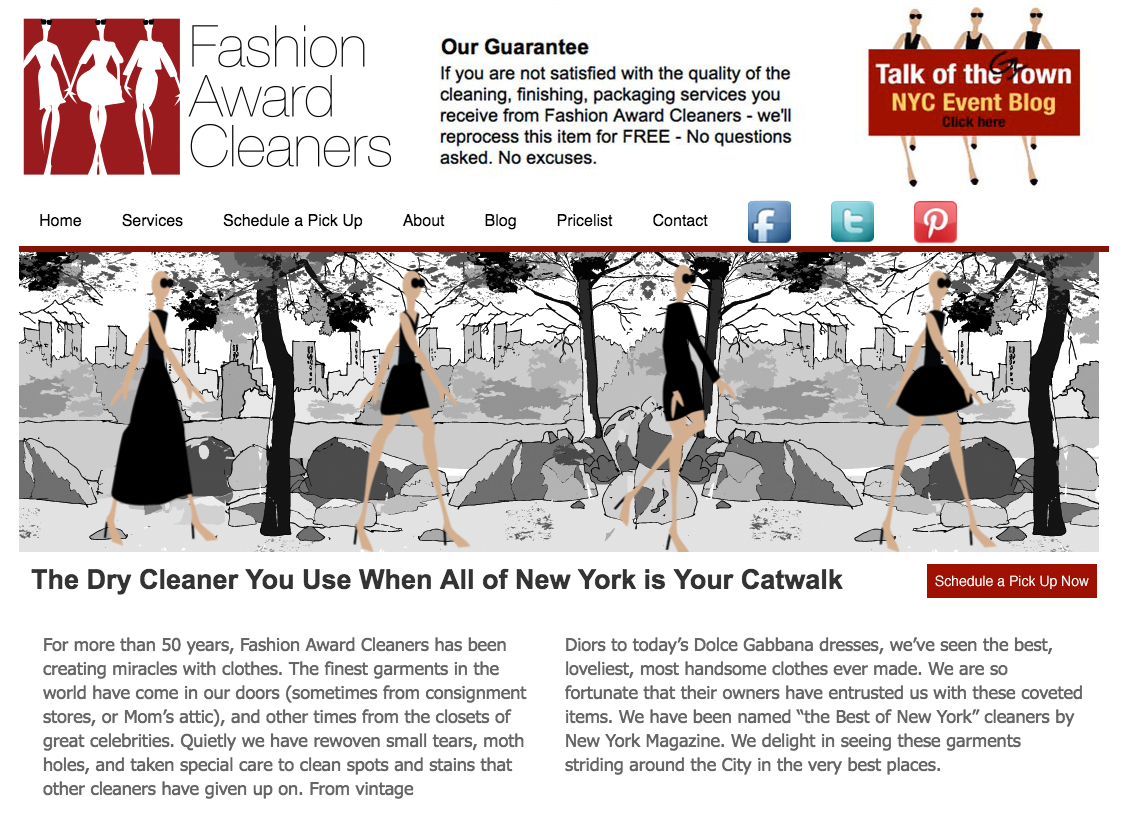
We love it: Daylesford
Why it works: Founder Carole Bamford’s personal holistic lifestyle is imprinted all over the Daylesford brand in an appealing, authentic one-to-one tone of voice. This Gloucestershire organic farm knows there are other brands you can reach for on the grocer’s shelf; however they take care to present the philosophy behind 35 years of leadership in the farm-to-table approach. “If you understand the story of the Daylesford Pedigree British Friesian dairy cow, you will understand the philosophy that drives Daylesford,” they suggest. You do feel as though you’re being let in on a secret.
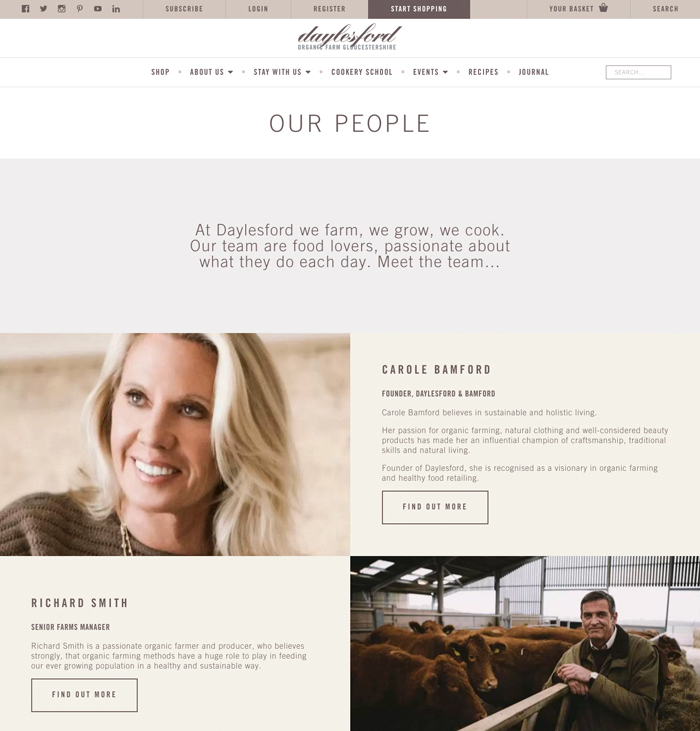
We love it: Seedlip
Why it works: Presenting the world’s first non-alcoholic spirits. The brand story starts out, “Founded by Ben in his kitchen in the woods with a copper still and copy of The Art of Distillation to to continue his family’s 300 year farming ancestry and change the way the world drinks.” We already want to know more, how about you? Next, we meet Ben, discussing a legacy that dates back to 1651. Seedlip’s intriguing personality is equally natural, historically grounded, and innovative at once. Above all, hand-crafted shines through.
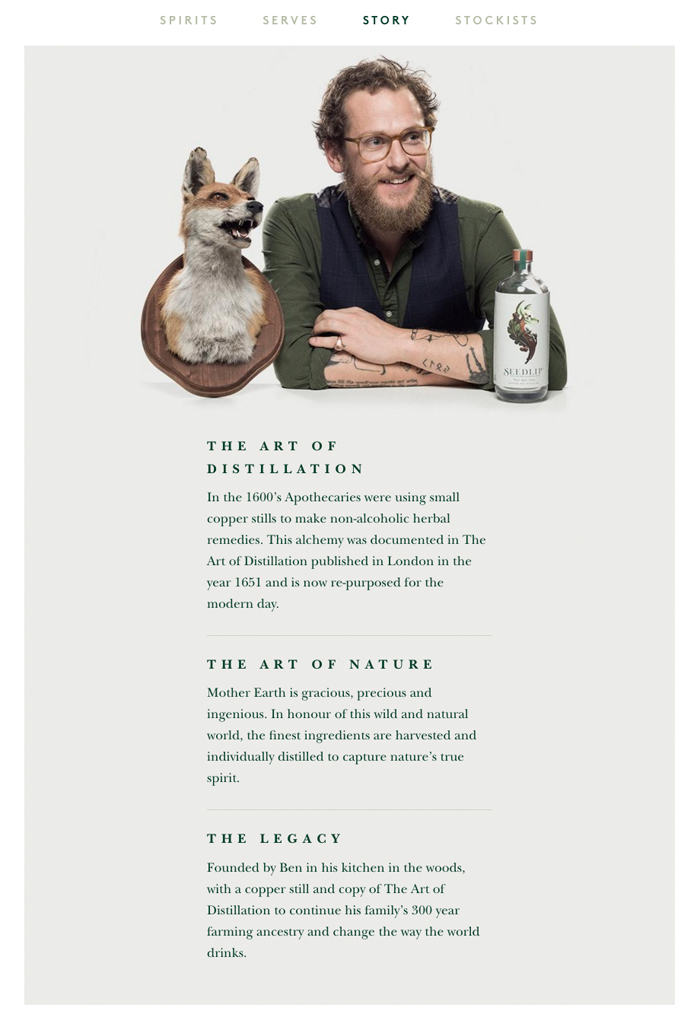
We love it: Hampton Creek
Why it works: Can you truly love a condiment? Just Mayo was the original Hampton Creek product in 2011. This plant-based food company that doesn’t use eggs started out small with strong personality, capitalizing on the “JUST” branding for expanding the line. Investors were attracted to the R&D, vegans were attracted to the solution. A visit to the company’s social media sites reveals the friendly, trusted voice of the brand through shared recipes that produce love — a strong emotion — from customers. Annual revenue is now estimated at $30 million-plus and with 110 employees[3].
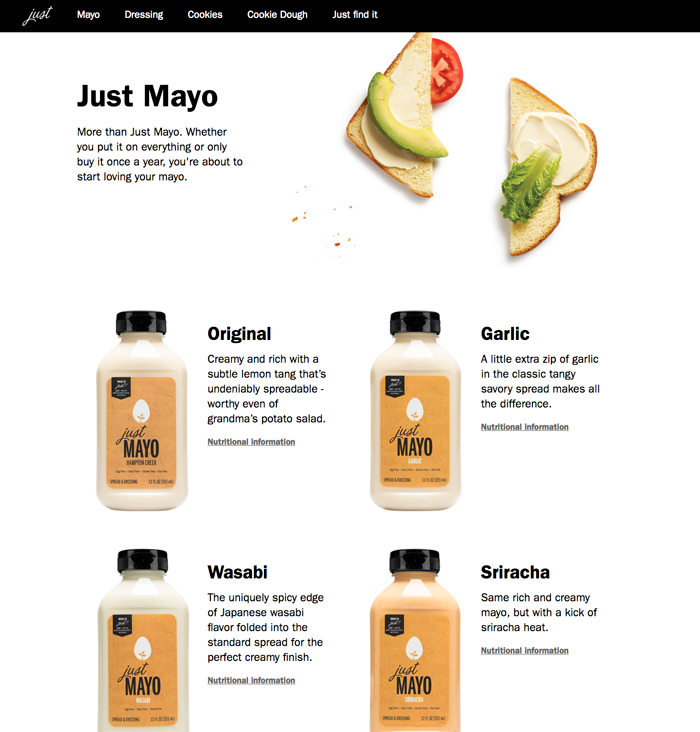
Branding Initiatives Can Start Out Small
While SMEs / SMBs cannot compete with the massive budgets of global brands, their built-in bonus is that smaller companies are much more in touch and personal with their customers, less corporate by their very nature.
The risk, however, is that with all hands on deck required to keep operations and service ticking over, resources are extremely limited to give brand management the time and thought it needs to grow a healthy business with a powerful brand.
Although the science of brand management is a fairly young field of study mainly focused on multinational corporations, 95 percent of all businesses are smaller ones. A 2007 research paper[4] published in the “Journal of Product & Brand Management” makes recommendations to SMEs about finding the resources to tackle branding fundamentals.
At Persona Branding and Design, we act as an extension of your company, recognizing the hugely important influence of the entrepreneurial owner/manager to craft the personality of your brand and give it it’s own unique brand voice. If you’d like some help to develop your brand’s personality feel free to get in touch via email [email protected] or phone +353 1 8322724 (GMT hours).
As with people, a brand’s personality is an all-important building block of that brand’s identity. As we’ve come to understand via thought leaders such as Ogilvy and Druker, that emotional connection can make all the difference between closing the sale and growing repeat business or struggling to make ends meet while you get caught up in price fights and discounting.
Differences Between Brand Personality and Brand Identity | ||
| 1 | Brand personality is the way a brand speaks and behaves | Brand identity is a collection of mental and functional associations with the brand |
| 2 | It means assigning human personality traits or characteristics to a brand so you achieve differentiation and create emotional engagement with your ideal customers — emotions drive purchase! | Brand identity is the elements of the brand e.g. logo, colour palette, name, symbol that identify and differentiate a brand in your target audiences mind |
| 3 | Brand personality is created to attract your ideal audience and used throughout all your customers’ experiences and interactions with the brand — on and offline | Brand identity is the collective elements of what your organisation does and promises to customers so you standout and create a unique customer experience i.e. brand vision, mission, purpose, promise etc. |
Questions to Ask Yourself About Your Brand’s Personality
- Does your brand personality make your brand dynamically and distinctly different?
- Is there a unique set of emotional triggers that people connect with your brand?
- How do you use effective techniques to capture attention — for example: tone of voice, storytelling, imagery and more — that project your brand’s personality?
- Are you clear on how brand personality provides the direction and lead for your brand identity?
- How could strengthening or changing your brand’s personality help you with a brand refresh?
- Can you identify the path whereby an emotional connection to your brand would benefit sales?
[1] https://www.gsb.stanford.edu/faculty-research/working-papers/dimensions-brand-personality
[2] Drucker, Peter F.; Management: Tasks, Responsibilities, Practices’ (New York: Harper & Row, 1973)
[3] http://www.foodnavigator-usa.com/Manufacturers/Hampton-Creek-s-revenues-surged-350-in-2015-says-CEO
[4] http://armeconomist.com/topics/brand/sme.htm

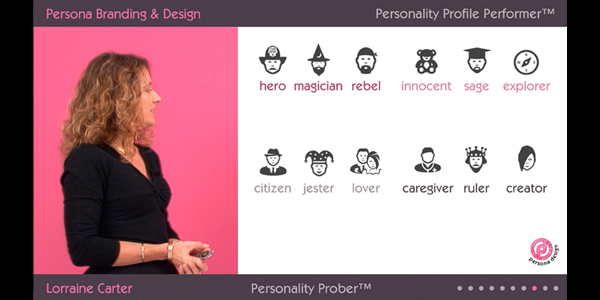





Leave a Reply
Want to join the discussion?Feel free to contribute!